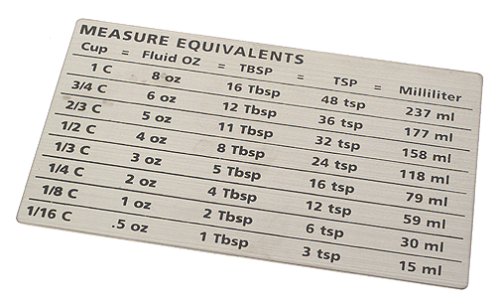A good cooking measurements conversion chart is an essential tool in any kitchen. No matter what recipe you are following - an old family favorite or a new one from the internet - you will be faced with some measurements.
Sometimes, you must make conversions to ensure you have the correct measurements for your ingredients when making a recipe. For both dry and liquid ingredients, we sometimes need to know the equivalents of specific measurements to measure them correctly. Making these conversions in your head is challenging for many people.
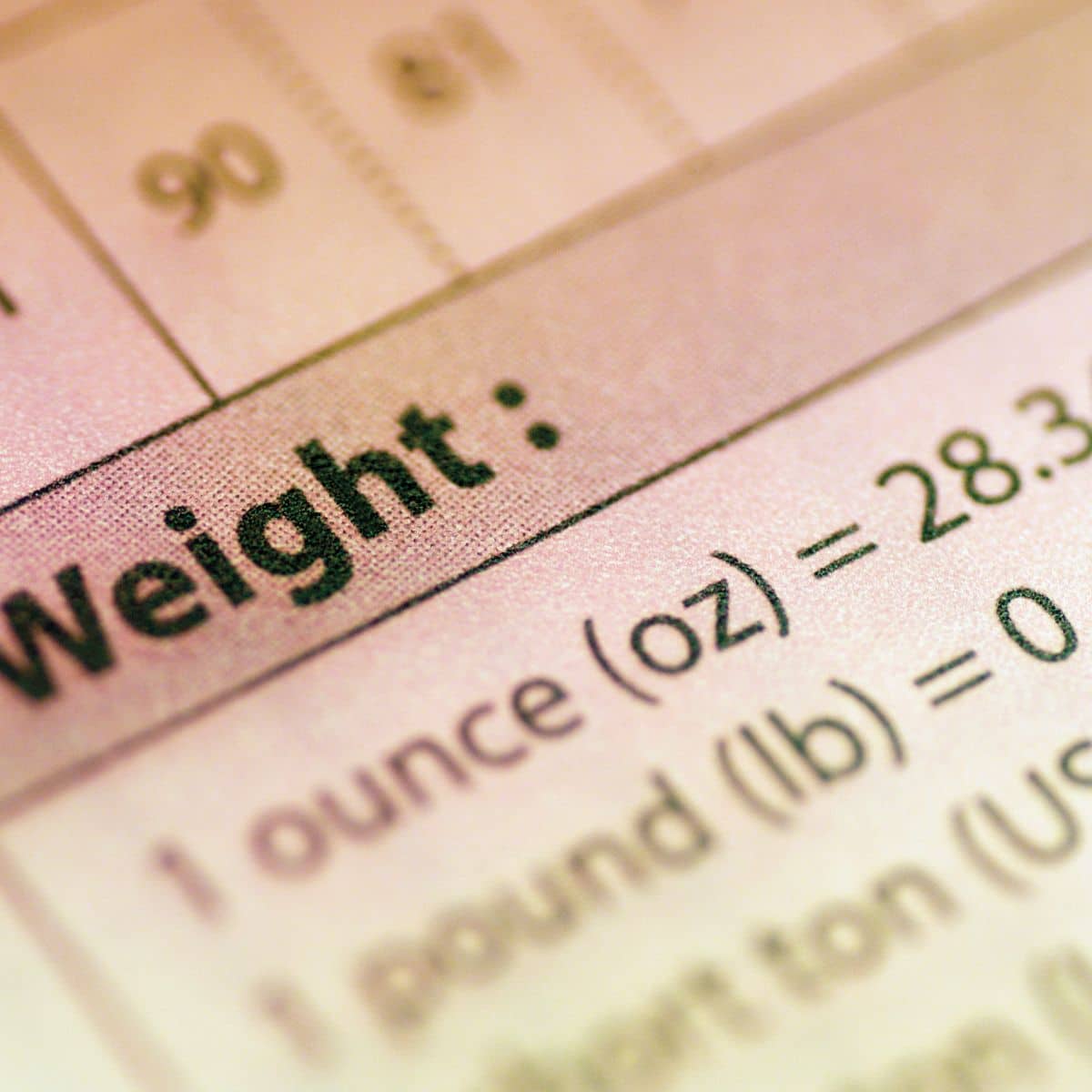
Do you know how many teaspoons are in a tablespoon and how many tablespoons are in ¼ cup? Most people don't have these memorized. You might have the measurements you use often remembered, but what about a new one that stumps you? This post gives you an easy chart to reference any time you need.
Math in the Kitchen
Before you started cooking, you probably never realized how much math goes into it. But there are a lot of numbers and measurements that happen in the kitchen. Professional chefs must take math classes as beginner courses in their culinary schools.
Sometimes, you will need to adapt your recipes or your ingredients. You may need to work with different pan sizes or larger recipe batches. Or maybe you need to use a different measuring tool and don't want to mess up the formula.
You can memorize a few simple conversions to make things much easier in the kitchen, but if you're not good at memorizing or want to be sure you get it right, you can use charts and display them somewhere in your kitchen.
Sometimes, you may also need to scale up a recipe to make more portions or maybe even scale down to make less. Understanding the conversions makes it easy to tweak the recipe to your needs without messing it up.
Measuring liquid vs. dry ingredients
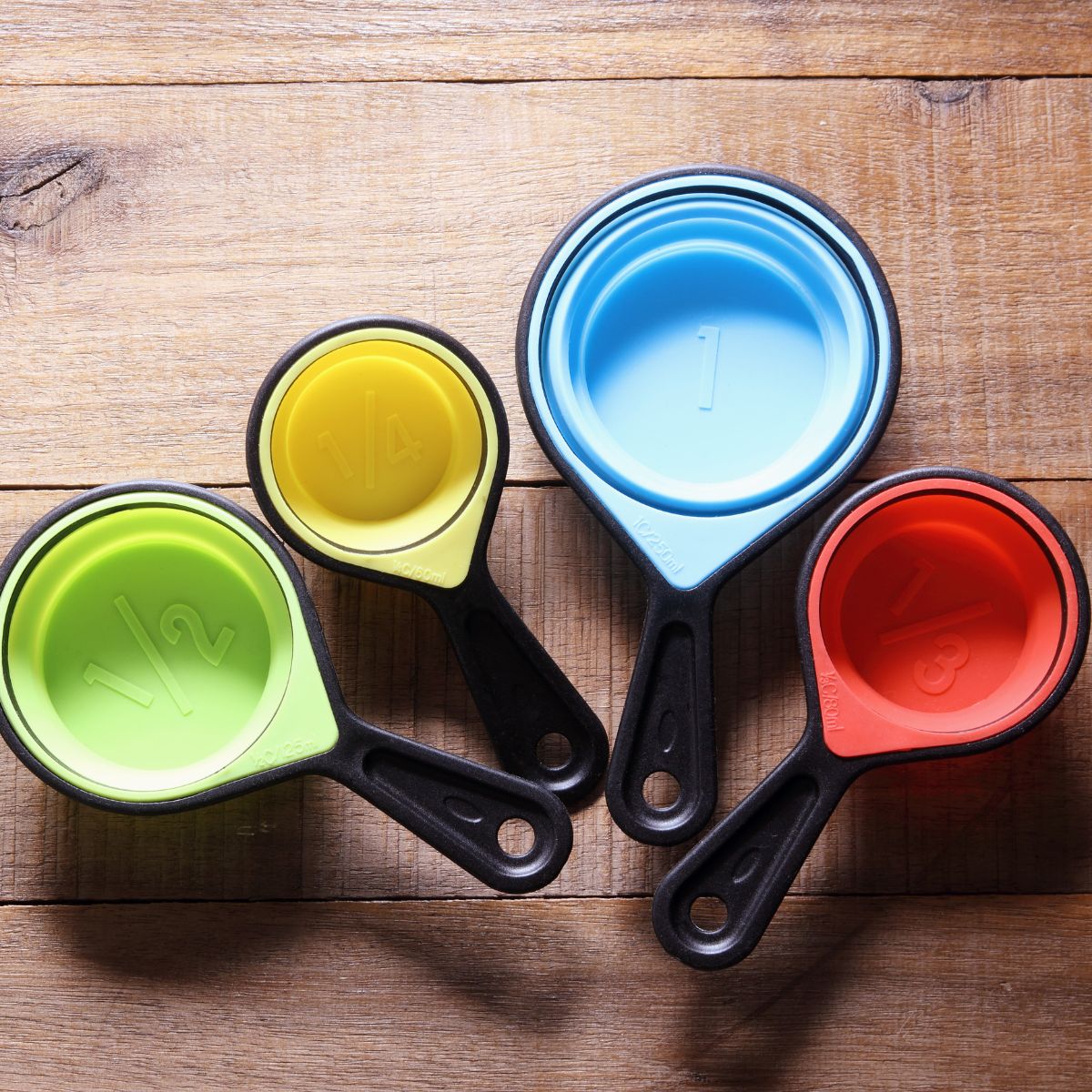
You should have two sets of measuring tools: one for liquid ingredients and one for dry ingredients. These tools differ in purpose.
Liquid measuring tools are usually cups or glass containers. They often have a spout to make pouring out the liquid easier and less messy. The measurements may also be written on the side of the glass. They are great for milk, creamer, oils, honey, molasses, and water.
Dry measuring tools are often spoons or plastic cups. They can be used for things that mound up or come in a powder-like form, such as sugar and flour, chocolate chips, sour cream, brown sugar, or shortening.
You will usually use spoons to measure small quantities and cups to measure larger amounts. Most measuring spoons are designed similarly to measuring cups, with a straight, even rim. Measuring spoons can be used to measure smaller amounts of liquids or dry ingredients.
A Handy Chart for Measuring Equivalents
We have a handy Measurement Conversion Refrigerator Magnet. You wouldn't believe how often we use this little chart, especially during the holidays when we make a double or triple recipe, because friends and family will join us for a holiday dinner. The recipe calls for two tablespoons, and you are doubling it, so that's four tablespoons. Wouldn't it be easier to measure once using a ¼ cup measure?
Here is a little measurement conversion table for you to use or memorize...
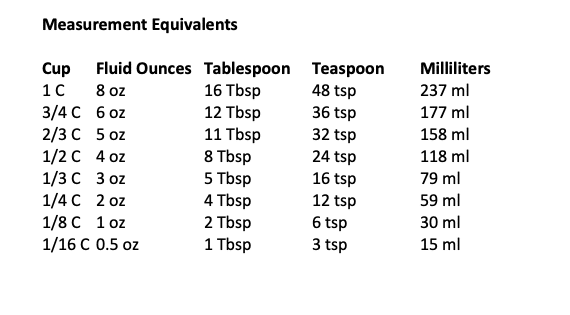
Printable Cooking Measurement Conversion Chart
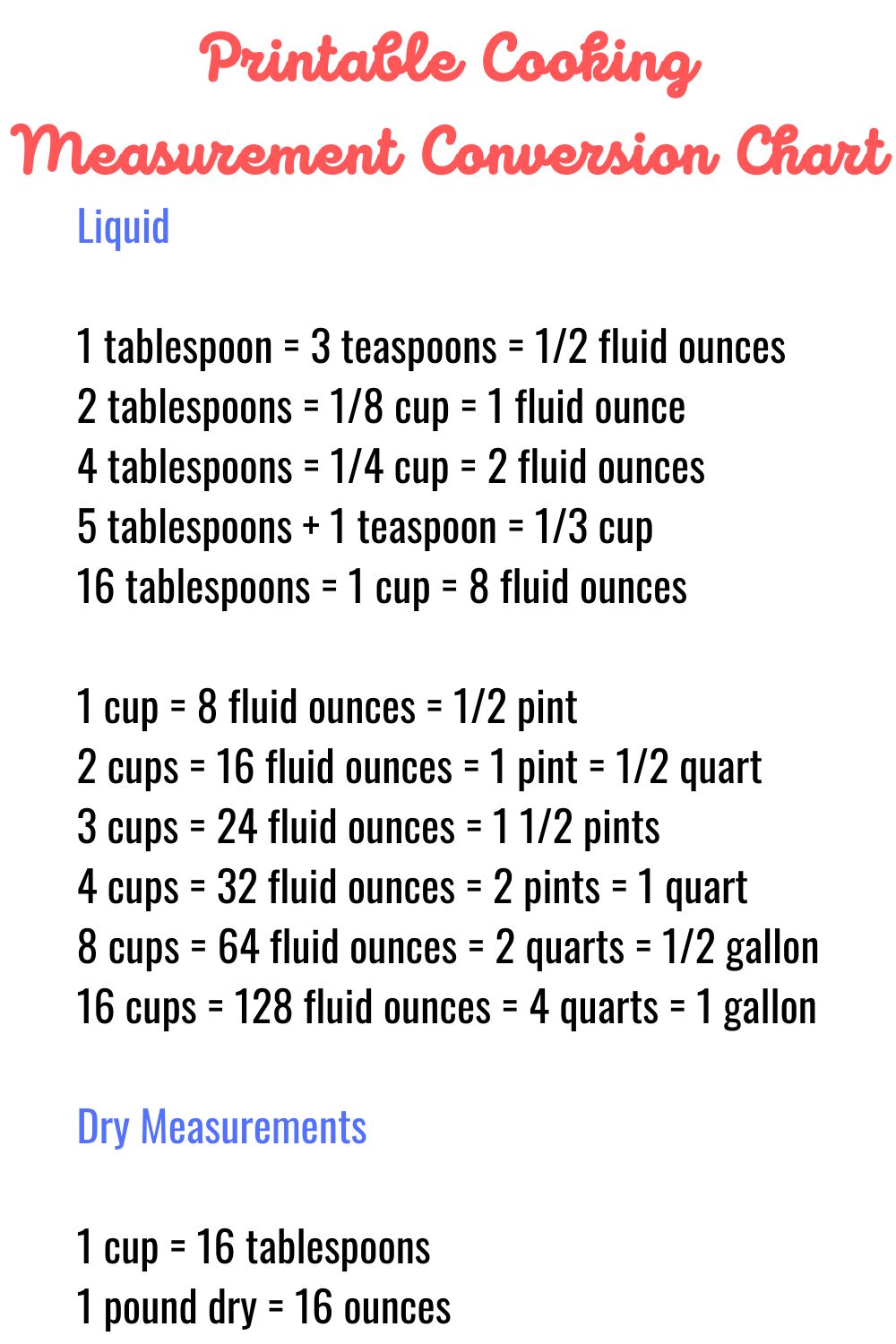
When you want something quick and easy to refer to often, check out this printable cooking measurement conversion chart.
Measuring abbreviations
Here are some common abbreviations used in measuring:
t = teaspoon
teaspoon = teaspoon
T = tablespoon
tablespoon = tablespoon
c = cup
oz = ounce
pt = pint
qt = quart
gal = gallon
lb = pound
# = pound
Common measurements
And here are some common measurements and their equivalents for you:
Small Volume (Liquid)
- 1 tablespoon = 3 teaspoons = ½ fluid ounces
- 2 tablespoons = ⅛ cup = 1 fluid ounce
- 4 tablespoons = ¼ cup = 2 fluid ounces
- 5 tablespoons + 1 teaspoon = ⅓ cup
- 16 tablespoons = 1 cup = 8 fluid ounces
Large Volume (Liquid)
- 1 cup = 8 fluid ounces = ½ pint
- 2 cups = 16 fluid ounces = 1 pint = ½ quart
- 3 cups = 24 fluid ounces = 1 ½ pints
- 4 cups = 32 fluid ounces = 2 pints = 1 quart
- 8 cups = 64 fluid ounces = 2 quarts = ½ gallon
- 16 cups = 128 fluid ounces = 4 quarts = 1 gallon
Dry Measurements
- 1 cup = 16 tablespoons
- 1 pound dry = 16 ounces
What about when you're baking with different types of pans? Do you know how much batter you need to make per the size and type of pan you have? Here are some guidelines.
- 2 ½-by-1 ½-inch muffin-pan cup = ½ cup
- 8-by-1 ½-inch round cake pan = 5 cups
- 9-by-1 ½-inch round cake pan = 6 cups
- 9-by-1-inch pie plate = 4 cups
- 11-by-7-by-1 ½-inch rectangular pan = 7 cups
- 13-by-9-by-2-inch rectangular pan = 14 cups
- 8 ½-by-4 ½-by 2 ½ inch loaf pan = 6 cups
- 9-by-5-by-3-inch loaf pan = 8 cups
- 8-by-8-by-2-inch square pan = 7 cups
- 9-by-9-by-1 ½-inch square pan = 8 cups
- 9-by-9-by-2-inch square pan = 10 cups
If you're not sure about the size of your pan, it is often imprinted on the bottom. If you don't have it, or it has worn off over time, just measure it. Use a ruler to measure the length and width of the pan across its top from the inside edge to the opposite inside edge.
Cooking conversions and measurements don't have to throw you off in the kitchen. With a handy conversions chart, you can be sure you always know exactly how much to use for the perfect recipe results!
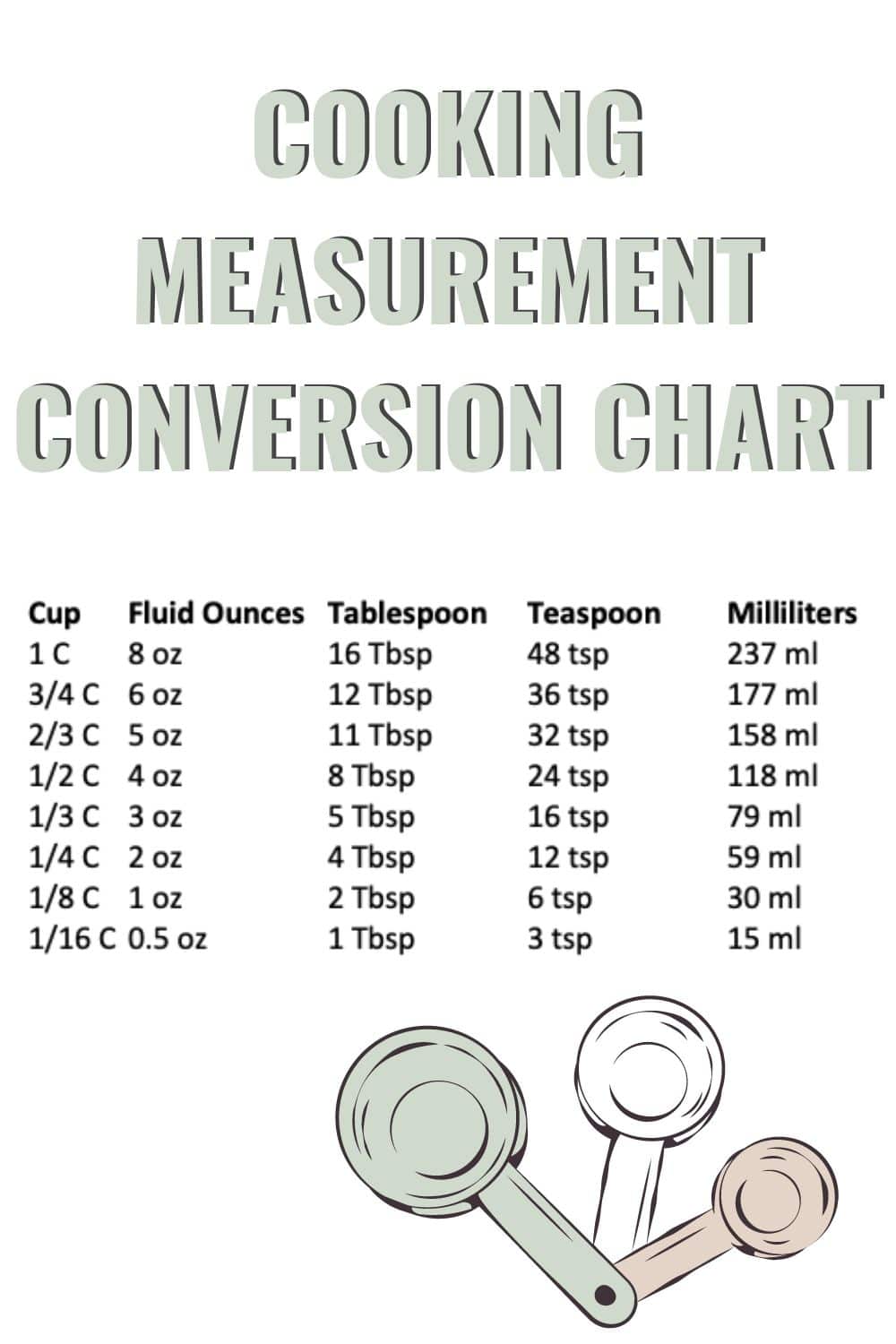
Other Useful Resources
- what is the ratio of dried herbs to fresh
- how to keep raspberries from molding
- must-have cookbooks for food lovers
Kathy acquired the blog, Recipe Idea Shop in 2024. She was raised on a farm in Arkansas where having a big garden and good food to eat was the norm. She shares recipes for homemade comfort food and new trending dishes.
Kathy began her blogging journey in 2011 when she founded PetticoatJunktion.com, a home décor blog focused on repurposing and upcycling furniture, and thrift store finds.

